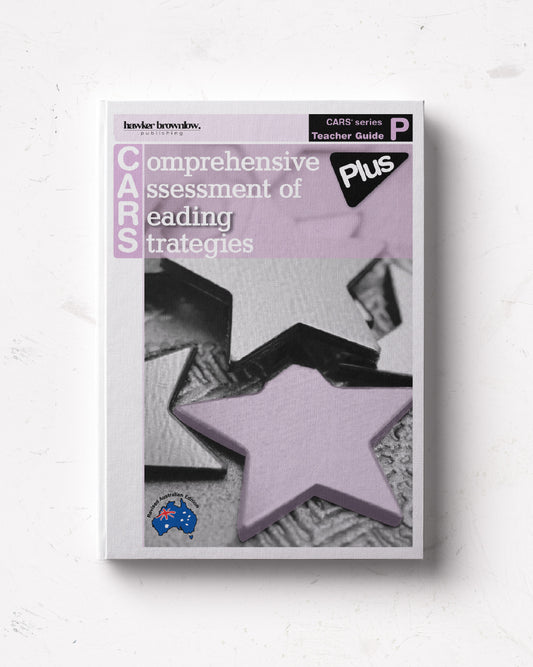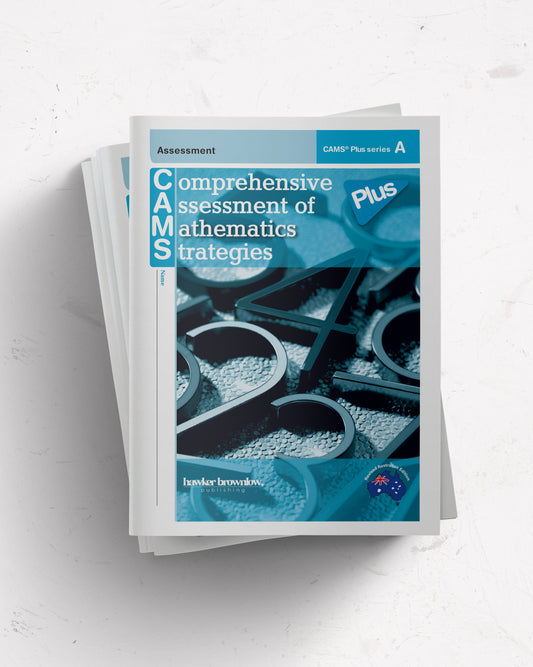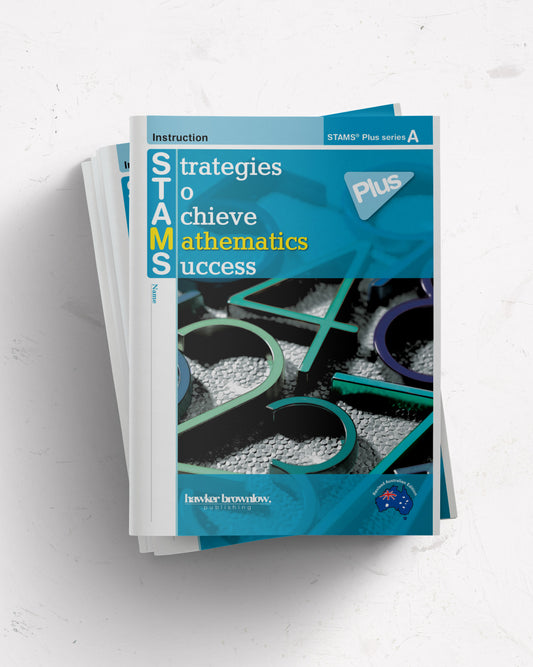Insights from CARS & STARS and CAMS & STAMS
As educators, we are always seeking effective ways to help our students master essential skills and concepts. One approach that has gained recognition for its success in teaching fundamental reading and maths skills is Direct Instruction (DI). Developed by Siegfried Engelmann and Wesley C. Becker in the 1960s, DI is a highly structured, explicit teaching method that breaks down complex skills into smaller, manageable steps.
The core principles of Direct Instruction include clear objectives, systematic instruction, high student engagement, brisk pacing, corrective feedback, mastery learning, and differentiated instruction. By adhering to these principles, teachers can create a learning environment that promotes active participation, regular assessment, and targeted support for students at various skill levels.
Two popular educational programmes that exemplify the Direct Instruction model are CARS & STARS (Comprehensive Assessment of Reading Strategies & Strategies to Achieve Reading Success) and CAMS & STAMS (Comprehensive Assessment of Mathematics Strategies & Strategies to Achieve Mathematics Success). Both programmes, designed for years K-8, aim to develop critical reading and maths skills through explicit instruction and practice.
CARS & STARS focuses on teaching 12 essential reading strategies, such as finding the main idea, making inferences, and comparing and contrasting. Each lesson follows a clear structure: teacher modelling, guided practice, and independent practice. This systematic approach ensures that students have ample opportunities to grasp and apply each strategy before moving on to the next one.
Similarly, CAMS & STAMS helps students develop problem-solving skills and master key maths concepts. The programme breaks down complex mathematical ideas into smaller, more manageable components, allowing students to build a strong foundation in maths. Like CARS & STARS, CAMS & STAMS uses explicit instruction, modelling, guided practice, and independent practice to foster student success.
One of the strengths of these programmes is their emphasis on regular assessment and differentiated instruction. Teachers can use the assessment data to group students by skill level and provide targeted support to help each student progress at their own pace. This approach ensures that no student is left behind and that all learners have the opportunity to achieve mastery.
While Direct Instruction has its critics, who argue that the highly structured approach may limit creativity and student autonomy, the success of programmes like CARS & STARS and CAMS & STAMS demonstrates the effectiveness of this method in teaching foundational skills. By incorporating these programmes into their classrooms, Australian teachers can provide their students with a solid foundation in reading and maths, setting them up for success in their academic careers and beyond.
As we continue to navigate the challenges of education in the 21st century, it is essential to embrace teaching methods that have proven to be effective. Direct Instruction, as exemplified by CARS & STARS and CAMS & STAMS, offers a structured, research-based approach to help students master critical skills and concepts. By implementing these programmes in our classrooms, we can empower our students to become confident, capable learners.







